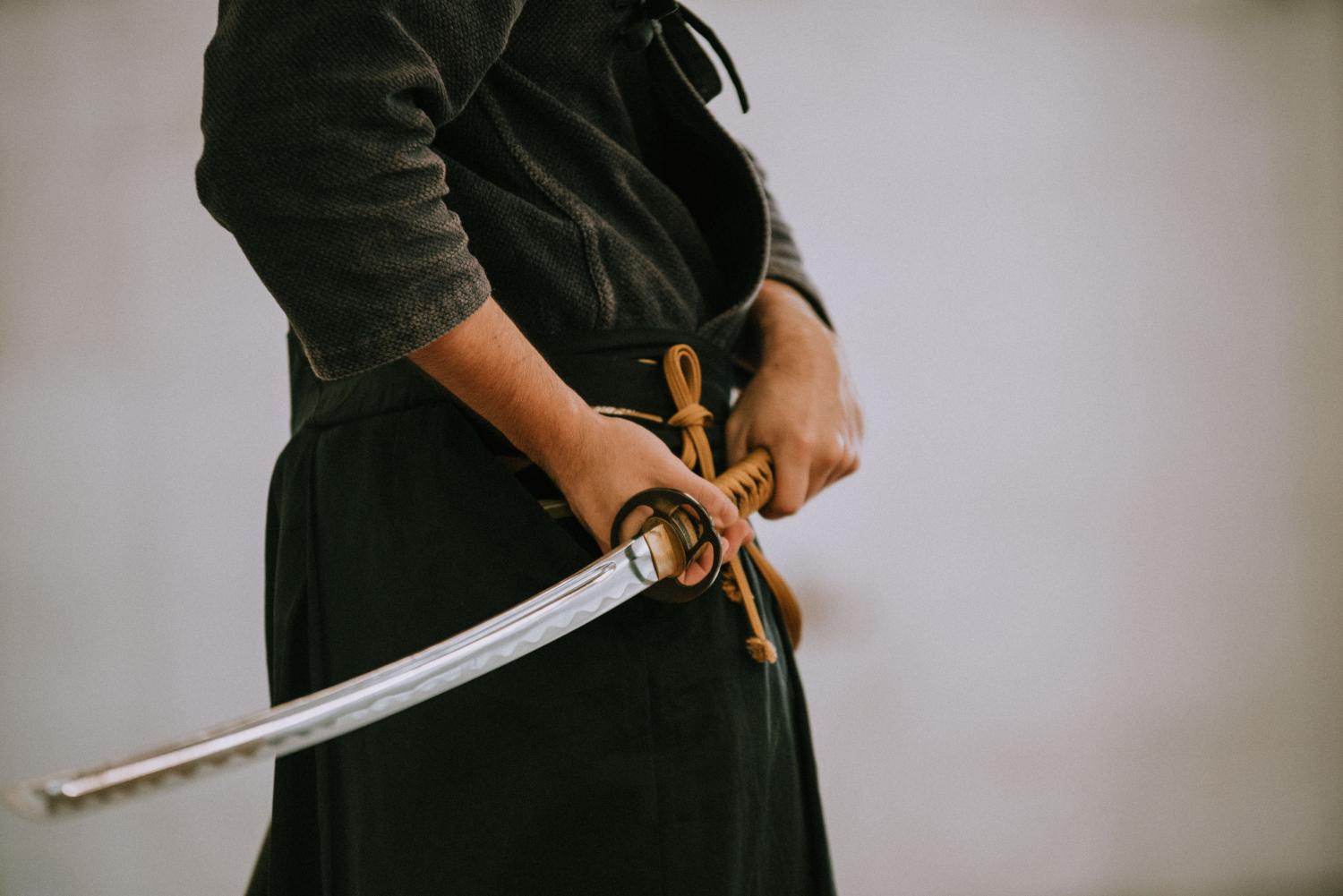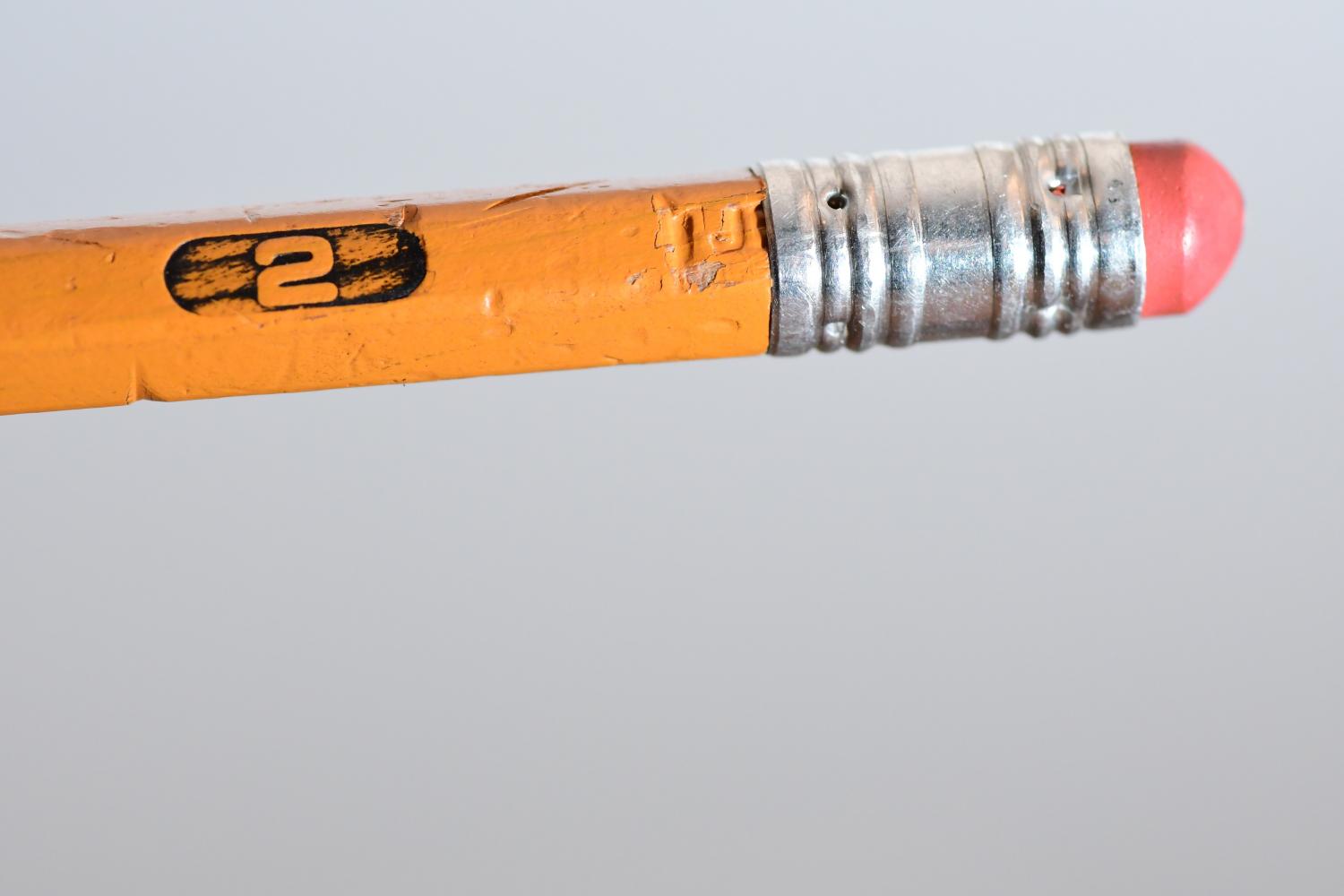Assembly Summary: Embrace Your Trials
Author: Juliette McNair | Student, Living Education Charlotte 2021
Estimated reading time: 4 minutes, 20 seconds.
Mr. Wallace Smith, the executive editor for Editorial, walked into the classroom with a homemade lightsaber hilt, a replica Star Wars lightsaber, and a samurai sword. A young man built the hilt for Mr. Smith last year as a gift. It consisted of various pipes and fixtures, along with some electrical tape and rubber bands. Mr. Smith borrowed the glowing green lightsaber—sans accompanying sound-effects—from one of his sons. While it looked deadly, the lightsaber was essentially a harmless prop—compared to the sword he pulled out next.
“Some swords are battle-ready, and some are not.”
“This is a katana, actually formed in Japan, according to the traditional methods.” These samurai swords have a single-edged blade, curving in the traditional Japanese style. The blade does not end at the handle but extends into it—a characteristic of well-built swords. Underneath the cloth binding of the handle, on the metal of the blade that lies within, the creator etches his signature. Mr. Smith explained a samurai warrior’s daily business was deeply connected to the concepts of life and death. The making of a katana was a work of passion, and the creator would purify himself before forging the sword—a process that took months to complete.
The Steel
The forge used to make a katana is kept extremely hot by containing and turning the fire in on itself. “A katana,” Mr. Smith noted, “is made up of multiple metals that are forged into one thing, but not necessarily mixed.” Iron ore, coal, sand, and sometimes other materials are added. The steel is hardened by adding carbon. But if too much carbon is used, the blade will turn brittle. Iron, which is a softer element, provides the necessary flexibility in the weapon. The metals are mixed at different stages and the swordsmith produces a material called tamahagane—translated, “steel jewel.” This material is broken into different-colored cubes, which contain varying amounts of carbon. The cubes are sorted depending on the level of carbon and hammered into sheets. “The real work,” Mr. Smith said, “goes into forging the blade.”
Forging the Sword
“If you take a piece of paper and fold it, it doesn’t take many folds, and it gets almost impossible to fold.” Some of the hammered sheets are selected to make the kawagane, “leather steel,” and the hagane, “blade steel.” The steel is layered, hammered, and folded several times over until a plank with thousands of layers is formed. At this point, the smith prepares the “heart-steel,” the shingane. The low-carbon shingane is more flexible and is placed inside the folded kawagane. “You need the edge to be extremely hard.” Mr. Smith said, “What is the hardest substance that we know of? Diamonds. The carbon bonds are capable of making it extremely hard.” The swordsmith fuses the steel, creating a blade with a “diamond-hard” exterior and a flexible core that can absorb the force of impacts.
The Blade
To temper the weapon, it is plunged into water or oil to drop the temperature of the metal. But before it is dipped in liquid, the spine of the sword is encased with a protective clay layer that allows it to be tempered differently across its width and leaves tell-tale markings on the edge of the blade—another sure sign of an authentic katana. Even at this final stage, the edge hardens as the metal changes molecularly. When a katana was completed, the quality of the sword was normally tested on prisoners. “How sharp is it? They say, made properly, you can throw a piece of silk in the air and a master would be able to slice right through the silk, not having to hold it taut—just allowing the silk to float in the air.”
Embrace Your Trials
“Of these three weapons I’ve shown you today,” Mr. Smith held up the katana, “this one has been through the toughest time.” The steel was heated up to 1600 degrees Fahrenheit, hammered, fragmented, pounded, and tempered with a drastic drop in temperature. Mr. Smith explained Christians are forged into weapons of righteousness (Romans 6:13). “Too often, we think of trials as what God is supposed to deliver us from.” He pointed out that God is not like the “genie” from the Disney movie Aladdin. James 1:2-3 reads, “My brethren, count it all joy when you fall into various trials, knowing that the testing of your faith produces patience.” The “testing of your faith,” Mr. Smith said, does not mean one’s faith causes the trial to end. Faith is developed and forged through hardship.
Mr. Smith concluded his Assembly with a lesson he had learned from another pastor. There are different levels to trials. He said, “We can go through the middle level where we begrudgingly go through them… But it’s not quite the same as embracing it, where, when you go to God, you can say, ‘Father, I don’t know why I’m going through this. But I do trust You are working the ‘long game’ in my life, not just for now but for eternity. If this is a burden I have to face for a month, a year, or a lifetime, I trust you.” Trials are the heat, hammering, and tempering God uses to forge His people into the perfectly balanced tools He desires.
This post is part of our new series of student-written content for LivingEd-Charlotte. These summaries cover topics originally presented by our faculty and guest speakers in our weekly Forum and Assembly. For more Assembly-related content check out our Second Thoughts posts.







